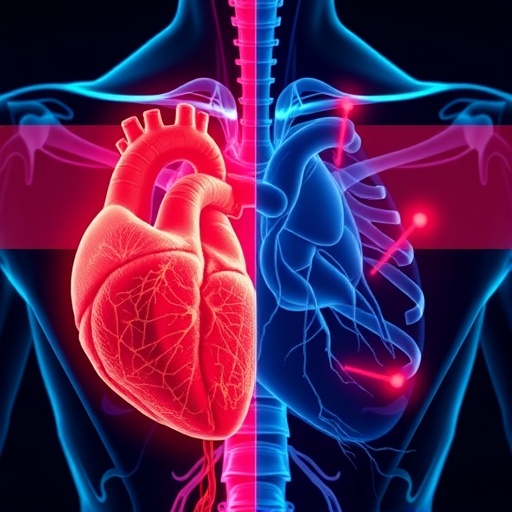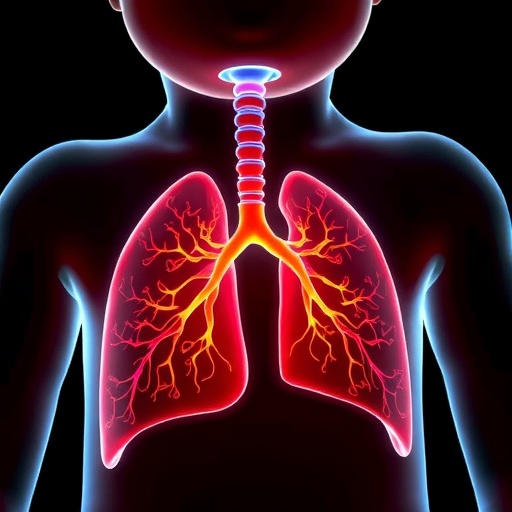About the Division of Nutrition, Physical Activity, and Obesity | National Center for Chronic Disease Prevention and Health Promotion (NCCDPHP)

What we do
Poor nutrition and inadequate physical activity are significant risk factors for obesity and other chronic diseases, such as type 2 diabetes and heart disease. They can also contribute to stroke, certain cancers, and depression. In the United States:
DNPAO focuses on supporting breastfeeding, promoting a healthy childhood, improving nutrition, increasing physical activity, preventing and reducing obesity in states and communities. DNPAO experts add to scientific evidence that guides public health practices and make timely, relevant data available to monitor public health outcomes and progress.
Priorities
Make breastfeeding easier to start and continue
Breastfeeding is the best source of nutrition for most infants, and it can reduce the risk of some health conditions for both infants and mothers. Although more than 85% of babies are ever breastfed, about 60% of mothers stop breastfeeding sooner than they planned. Low rates of breastfeeding add more than $3 billion a year to medical costs for mothers and children in the United States.
DNPAO promotes breastfeeding and healthy nutrition practices for infants and toddlers by:
- Improving continuity of care for mothers in communities with low breastfeeding rates. For example, DNPAO promotes consistent, collaborative, and seamless delivery of high-quality breastfeeding support services from the prenatal period until mothers are no longer breastfeeding.
- Helping hospitals improve maternity care practices that support mothers to reach their breastfeeding goals.
- Partnering with states and communities to help employers support breastfeeding mothers at work.
- Monitoring and reporting:
- how long infants are breastfed.
- hospital practices and policies that support breastfeeding.
- Sharing resources to provide parents and caregivers with information about infant formula feeding and introducing healthy foods and beverages to support good nutrition.
Promote a healthy childhood
Good nutrition and physical activity are vital for healthy growth and development, and help to prevent obesity. Many settings influence a child’s nutrition and physical activity, including their home, childcare centers, schools, communities, and health care settings.
DNPAO investments help to improve nutrition and physical activity for children by:
- Promoting best practices in nutrition, breastfeeding, screen time, and physical activity in early care and education (ECE) settings by helping states improve policies and programs to meet obesity prevention standards in ECEs.
- Helping communities create safe places for children to walk and play.
- Working with health care and community partners to increase access to family healthy weight programs that support children and families to prevent chronic disease through healthy behavior changes.
- Equipping pediatric health care providers with the information and tools they need to implement best practices in preventing and treating obesity and other chronic diseases in children and families.
- Advancing Farm-to-ECE programs that increase young children’s access to fresh, healthy food, teach children about gardening, and support local farm economies.
- Providing data on behaviors related to nutrition and physical activity among children, and how states promote healthy growth and obesity prevention in ECE settings.
Make healthy food choices easier everywhere
People with healthy eating patterns live longer and have healthier lives. However, many groups have limited access to affordable, healthy foods such as fruits and vegetables. These groups include people living in rural areas, tribal communities, and neighborhoods where most residents have lower incomes.
DNPAO expertise and funding help states, communities, and national partners to increase healthy food and beverage options by:
- Working with partners to use food service or nutrition guidelines to increase access to healthy food options in community settings, such as parks, worksites, universities, hospitals and food pantries.
Make physical activity safe and accessible for all
Physical activity can help protect health and prevent or improve many health conditions, including many of the leading causes of death in the United States. Other potential benefits include better school performance, improved mental health, healthier aging, and improved military readiness. Inadequate physical activity costs the nation $192 billion a year for related health care.
Unfortunately, many Americans live in communities that lack safe, convenient places to be physically active. In response, DNPAO launched Active People, Healthy NationSM to help 27 million Americans become more physically active by 2027. Through this initiative, DNPAO:
- Partners with state and local governments to promote improvements in community design that make physical activity and active transportation safer and more convenient for everyone.
- Educates the public about the health benefits of physical activity and tracks how much physical activity young people and adults are getting.
Invest in states and communities
The State Physical Activity and Nutrition Program (SPAN) funds 17 states to use interventions that support good nutrition, safe and accessible physical activity, healthy ECE environments, and breastfeeding. SPAN recipients work to reduce or eliminate health disparities related to poor nutrition, physical inactivity, and obesity.
The High Obesity Program (HOP) funds 16 universities to work with community extension services to increase access to nutritious foods, safe and accessible physical activity, family healthy weight programs, and healthy ECE environments in counties where more than 40% of the adult population has obesity.
Racial and Ethnic Approaches to Community Health (REACH) is at the forefront of CDC’s efforts to achieve health for everyone across the United States. REACH funds 50 state and local organizations to reduce health disparities among communities with high risk or rates of chronic diseases, such as heart disease, type 2 diabetes, and obesity. Recipients use culturally tailored interventions to increase access to:
- Nutritious foods
- Safe and accessible physical activity
- Breastfeeding supports
- Healthy ECE environments
- Family healthy weight programs
link






